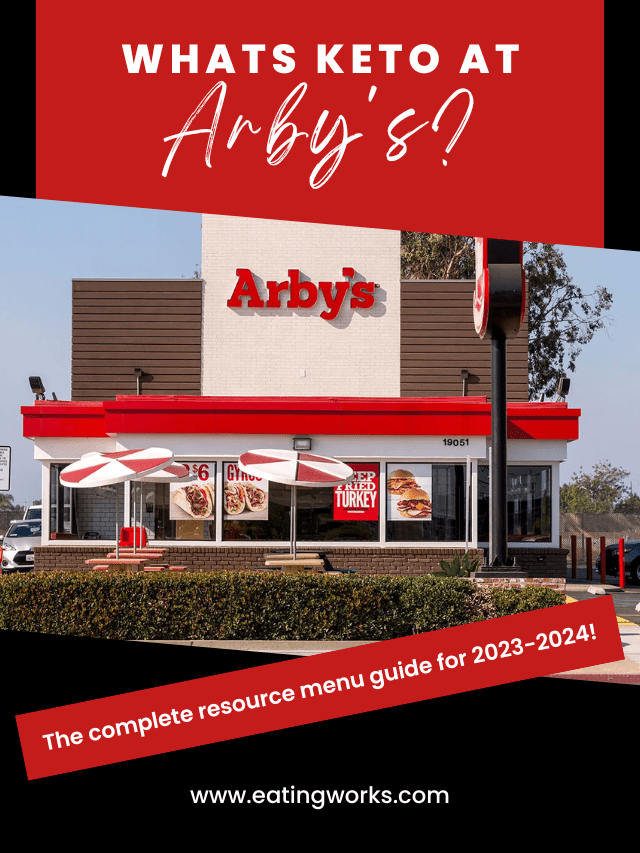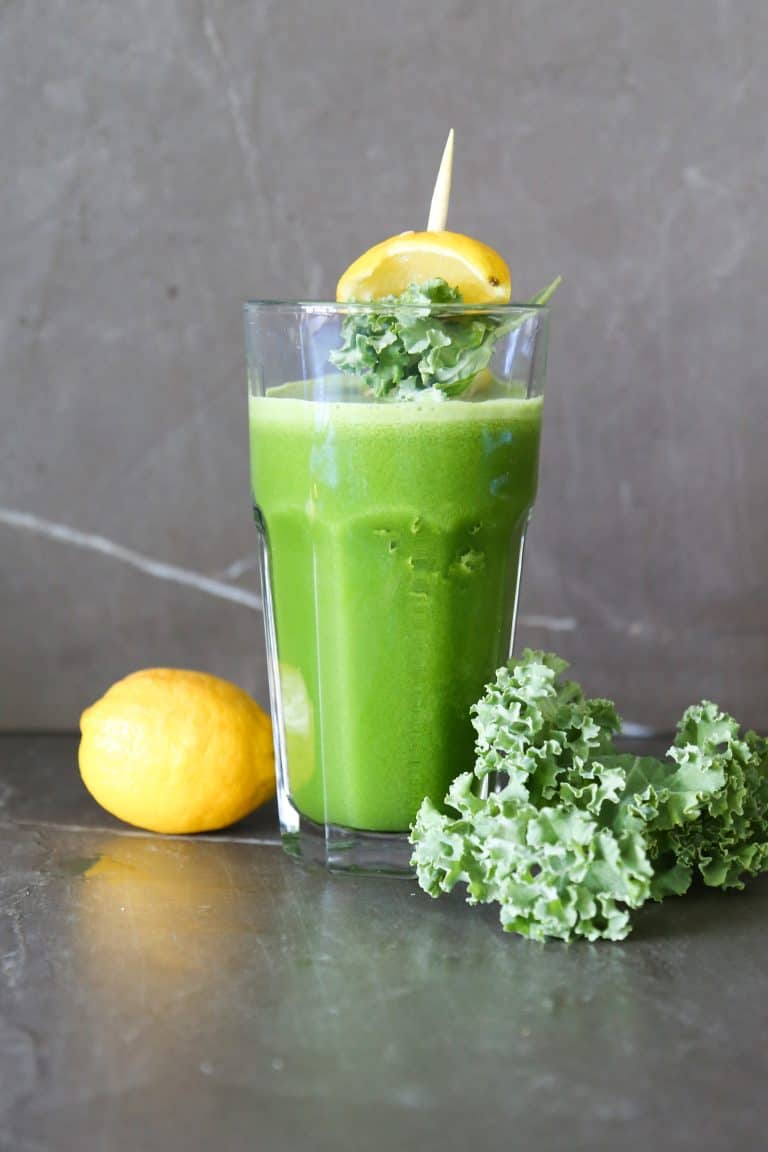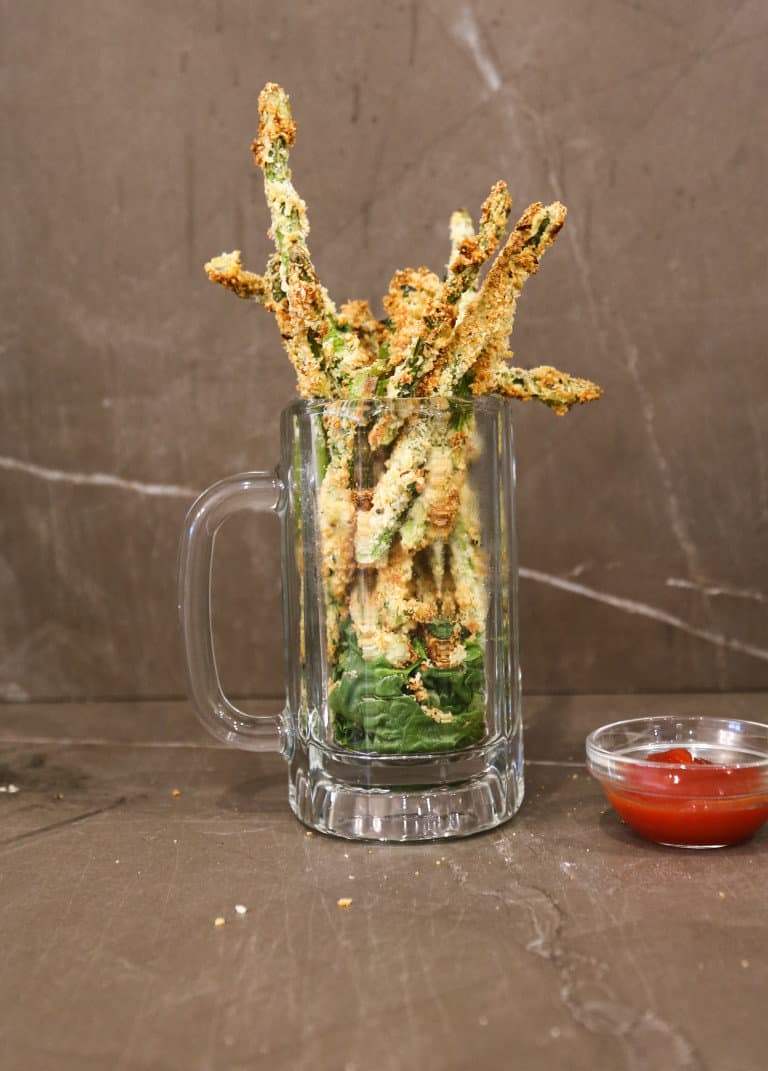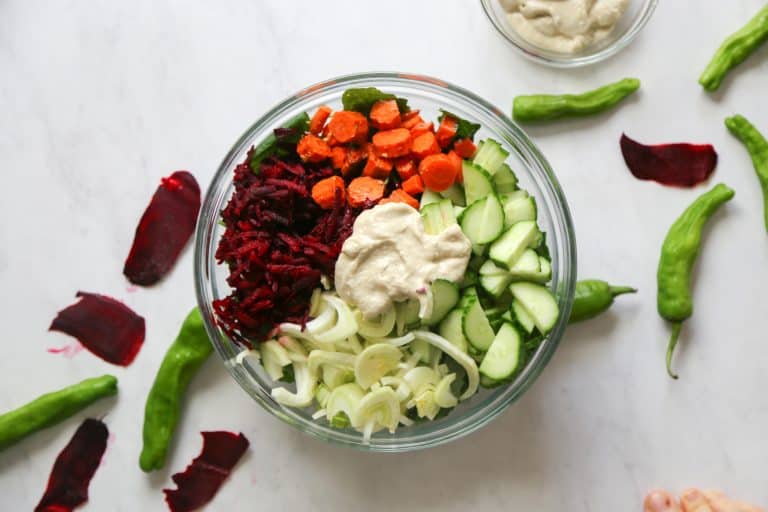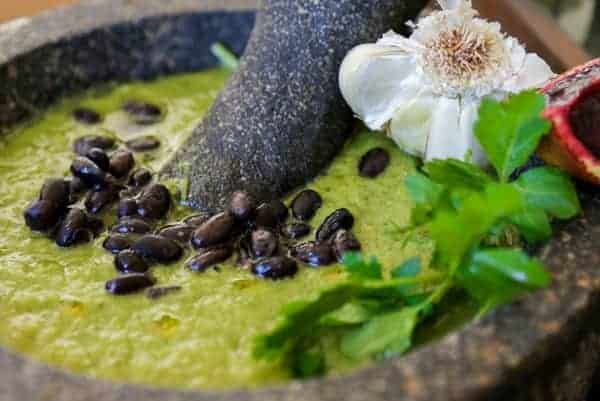Is Miso Soup Keto-friendly and Low in Carbs?
Is Miso Soup Keto Friendly? The short answer is YES Miso is Keto Friendly and low in carbs but if you want to know why, read on.
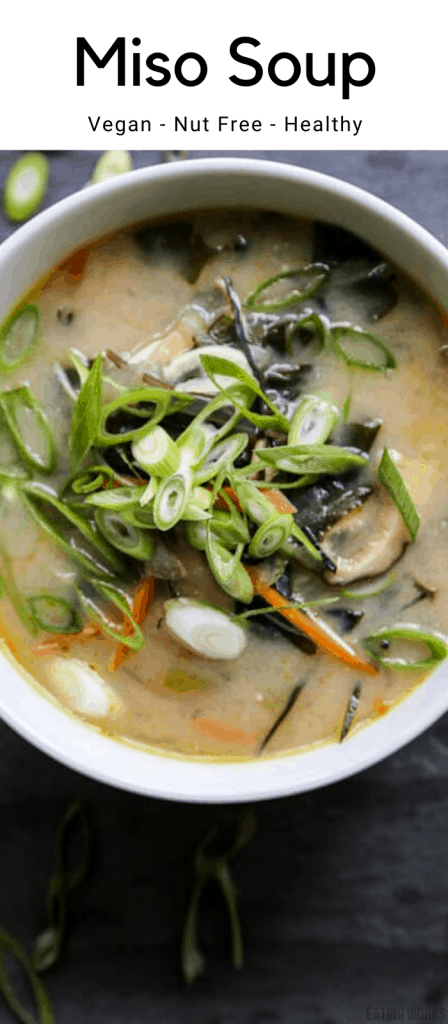
Is Miso Soup Keto?
Yes! Miso soup is keto friendly because it’s low in carbohydrates. Miso soup only has 7 grams of carbs per two teaspoons and 3-4 grams of net carbs per serving. Not only is keto low in carbs but it’s also low in fat. Making it a soup to eat if you are on a diet.
While high fat foods are recommended on a Keto Diet, eating miso soup provides the body with probiotics, and it’s free of ingredients that aren’t recommended on a Keto Diet. Miso is also low in sugar which is great because sugar intake is supposed to be limited on a Keto Diet.
Miso soup is a low fat healthy food but if you’re on a Keto Diet make sure to pair it with healthy fats like avocado or fish.
What Is A Ketogenic Diet?
A ketogenic diet is high in fat with moderate amounts of protein and almost zero carbs. Daily calories from fat should be 70% while calories from protein should equal 10-20% and carbs equal only 5-10%.
What Is The Benefit of A Keto Diet?
By eating a high fat diet that is low in carbs you drain your body of glycogen stores and force your body to burn ketones (energy from fat) instead of carbohydrates.
Carbohydrates are our body’s main source of energy, but when we are deprived of carbs our bodies dip into our fat stores for energy. This leads to weight loss and increased cognitive ability.
Does Miso Soup Have Carbs?
Technically miso soup does have carbs but not a lot. There is only 1 gram of net carb.
What Ingredients are In Miso Soup
The ingredients in each miso soup recipe can vary but classic miso soup is made with:
- Miso (soybean paste)
- Green Onions
- Dashi Broth
- Shiitake Mushrooms
- Bok Choy
- Lemon Juice
- Water
- Sesame Oil
- Seaweed (wakame & Arame)
- Chicken Broth
Additional ingredients that are sometimes used in a bowl of miso soup include:
- Tamari
- Soy Sauce
For an extra fun recipe you can make Keto Ramen Miso Soup. If you’re on a ketogenic diet, instead of the gluten free ramen you can use keto-friendly noodle options like kelp noodles!
Keto Miso Soup Recipe
The most popular type of soup that people make with miso paste is miso soup. Luckily for those on a keto diet, miso soup is keto friendly, easy to make and excellent for your health. It’s a little high in sodium. Therefore, if you’re on a low sodium diet due to kidney disease you should check the sodium content before consuming this tasty miso soup recipe.
How to Make Keto Miso Soup
Step 1: Slice the onions, carrots, celery and shiitake mushrooms. In a large soup pot sweat them for about ten minutes. Meanwhile, soak the sea vegetables in water.
Step 2: Rinse the sea vegetables and put them in the soup pot. Sauté the soup for another ten minutes or so. Until the vegetables are soft. Add water and bring the soup to a boil. Meanwhile peel and grate the ginger. To get the juice out of the ginger place the shredded pieces in a cheese cloth and squeeze them over a bowl. Set it aside for later. You can also just run the ginger through a juicer if you have one.
Step 3: Once the soup is boiling, lower it to a simmer and continue to cook for another 10-15 minutes with the lid off. Turn the stove off and let the broth cool for a few minutes. Then mix the miso paste in with a whisk. Make sure that the miso paste is fully mixed in and that there are no chunks. You don’t want to eat chunks of salty miso while enjoying your soup!
Get the full recipe for Keto Miso Soup here!
Is Miso Paste Healthy?
Miso paste is good for you because it’s rich in a number of vitamins, plant compounds and minerals while remaining low in fat and carbs. However miso paste is high in protein! The healthy vitamins and minerals in miso include:
- B Vitamins
- Folic Acid
- Zinc
- Magnesium
- Copper
- Vitamin K
- Probiotics
- Protein: 2.2g
Miso Soup Is Good For Digestion
It’s no coincidence that miso soup is a cornerstone of Japanese cuisine. Both Japanese women and men often start their day with a cup of miso soup! Miso is a fermented food so it is rich in probiotics. Making it a great addition to your diet to help improve the digestive system or if you suffer from inflammatory bowel disease.
The main probiotic found in miso paste is A. oryzae. A recent study shows that this type of probiotic has anti-inflammatory effects and is good for people with inflammatory bowel disease.
The fact that miso paste is fermented helps aid the body in digestion and absorption of food because it helps combat anti-nutrients which are commonly found in soybean paste.
Miso paste also has other health benefits. Soybean paste is also good for your immune system. Since it’s low in calories it is great for weight loss and can help you shed a few pounds. If you need to lower your sugar intake then miso soup is a good option because it has a low glycemic-index.
If you would like to learn more about why miso is keto friendly check out this article here!
Who Should Not Eat Miso Soup?
Miso soup is very high in sodium. So it has too much salt for anyone with heart disease. If you have high blood pressure or a history of heart attacks you should not consume miso soup without medical advice first. This article is meant for educational purposes but cannot take the place of individually based medical advice from your trusted doctor.
What Is Miso?
By Definition, miso is a fermented paste that’s made by inoculating soybeans with koji (a type of mold) that has been cultivated from rice, barley, or soybeans.
Wait a second? Rice and barley are high in carbs and not keto friendly. So how is miso keto? Since miso paste is made with a byproduct of rice and barley it’s going to be low in carbs.
Miso a thick paste that’s predominantly used as a seasoning in a variety of ways. For instance, miso is commonly used as an ingredient in rice dishes, dips, dressings and soups like miso soup! So you don’t need to use miso in large quantities because a little goes a long way. Miso paste has a strong flavor. In fact, too much miso would make your food overly salty.
For those of you who are avoiding soy you can use chickpea miso instead. There are many types of miso paste that you can purchase in the grocery store including:
- Mellow White Miso (my favorite)
- Red Miso Paste
- Yellow Miso Paste
- White Miso Paste
- Chickpea Miso
Miso is commonly used in rice dishes.
Is Tofu Keto Friendly?
It depends who you ask. On one hand legumes aren’t keto friendly because they are high in carbs and protein but low in fat. On a keto diet you ideally want foods that are low in carbs, moderately low in protein and high in healthy fats.
Once soybeans have been processed into tofu it’s nutritional value changes and it’s net carb content goes down. For every 100 grams of tofu there are 3 grams of net carbs, 17 grams of protein and 9 grams of fat. On a ketogenic diet ideally you only want 10% of your calories to come from protein and 70% from fat.
Since tofu is higher in protein than fat you have to eat it in moderation if you are trying to maintain a state of keratosis. However, tofu is low in carbs making it a great food choice for low carb diets.
Keep in mind that soy is mucus forming and causes spikes in estrogen. I don’t recommend large amounts of tofu in anyone’s diet. In traditional Japanese cuisine tofu is only consumed in small amounts
Is Dashi Broth Keto Friendly?
Dashi is a family of Japanese soup stocks that make up the base of miso soup and many other types of dishes. Dashi can be made from fish, shiitake mushrooms or seaweed.
Dashi is made by boiling the fish, mushrooms or seaweed to extract their flavor and then straining the solids out leaving behind a velvety broth that’s packed with umami flavor.
Since dashi is mostly composed of liquid it has very little nutritional value. One cup of dashi broth has 1.9 grams of fat, 0 grams of carbs and 5.8 grams of protein.
Given that its naturally low in everything and has zero carb content, dashi is definitely keto friendly!
How Many Carbs Are In Miso Soup with Tofu vs. Without Tofu?
On average there are three grams of carbs in miso soup without tofu and 5 grams in miso soup with tofu.
Gluten Free Soup Recipes
The world of gluten free soups is a big one. If you simply google gluten free soups you’ll see over 10 million results! I reached out to the best gluten free bloggers on the internet and they came up with these awesome gluten free soup recipes for you to try. No matter what kind of soup you like there is something for everyone here. Most of these recipes are both gluten free and vegan. Some are vegetarian. Of course it is possible to make gluten free soups with meat but I didn’t post any here yet!
Yes, you can eat miso soup while keto and remain in ketosis because it is low in carbs, protein and fat.
There are 3 grams of carbs in a cup of miso soup without tofu and 5 grams of carbs in a bowl of miso soup with tofu.
Miso soup is naturally low in carbs and fat and is full of gut healing probiotics that speed up digestion and promote weight loss.
Miso soup is one of the most friendly keto soup options but you can also enjoy vegetable soup made with low carb vegetables, egg drop soup and Gluten Free Tomato Soup. Eggplant and roasted pepper soup are also great options. For cold summer soups cucumber gazpacho is a great choice.
Yes soy sauce is good to eat on a keto diet because it’s low in fat, carbs and protien.

FREE 7 Day Gluten Free Meal Plan
A meal plan designed to jump start whole body healing and support digestive health……
…And get the latest recipes!

